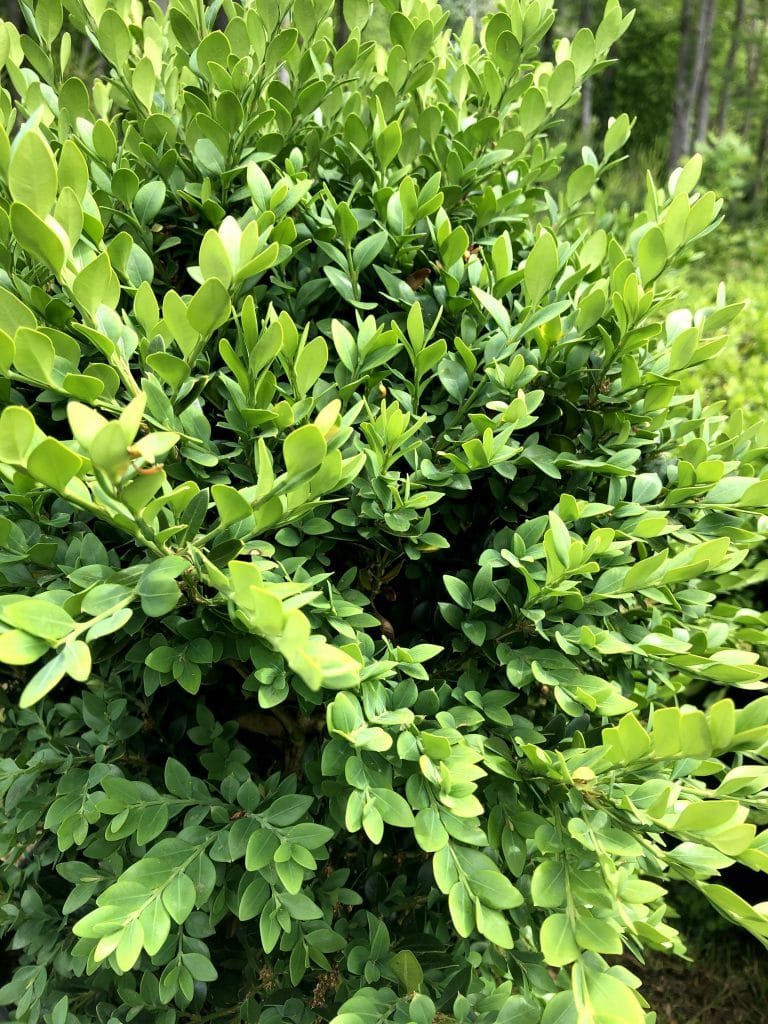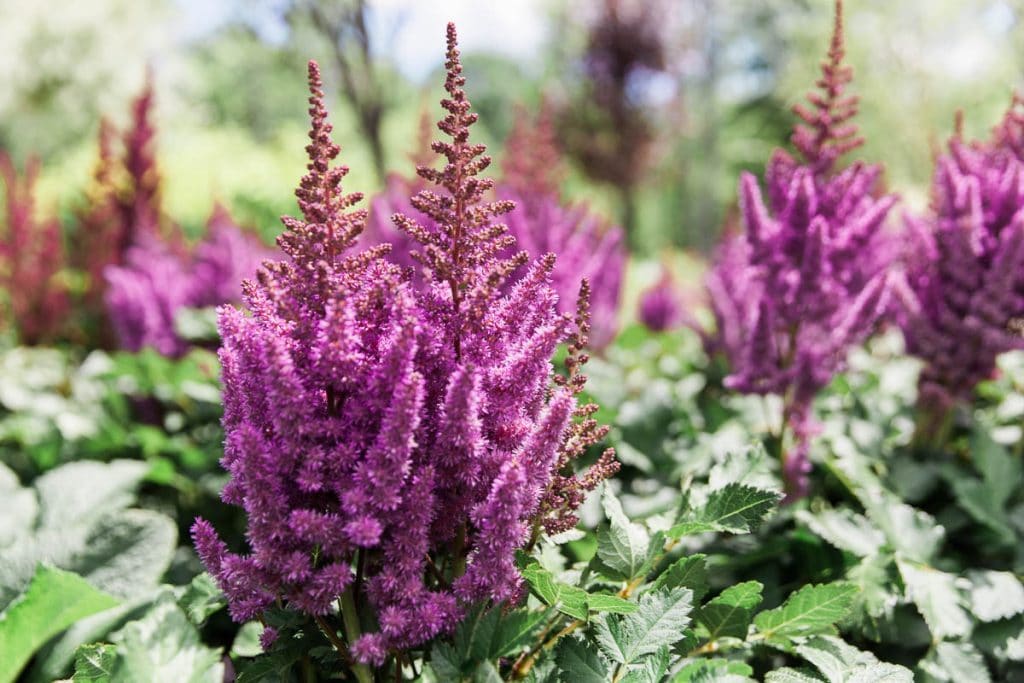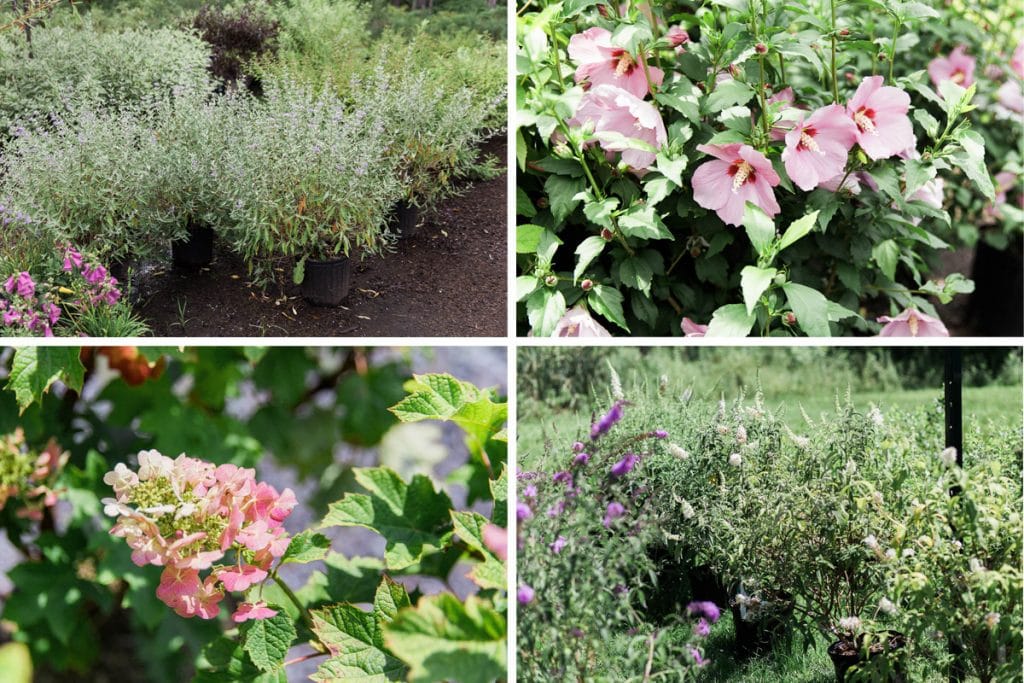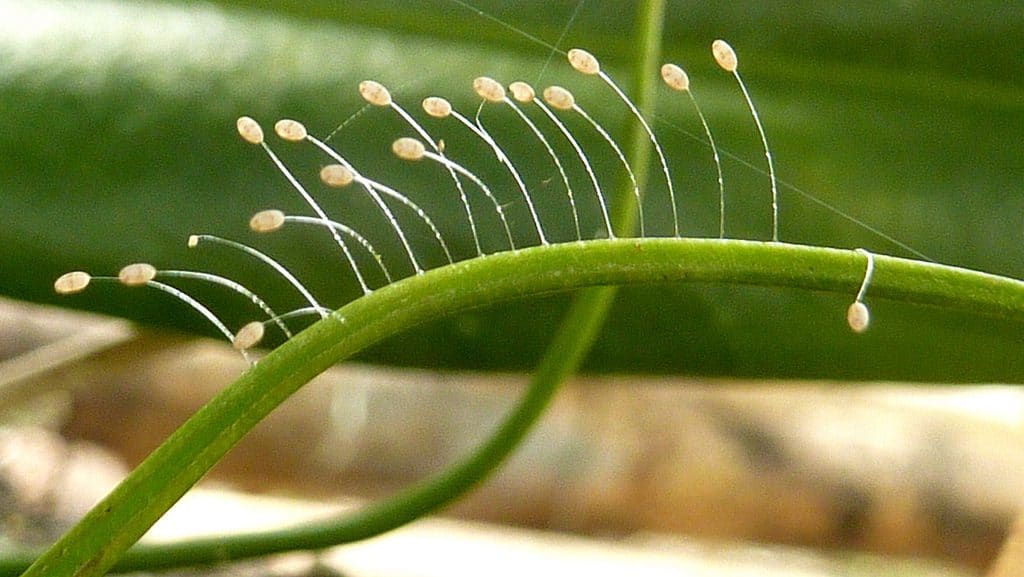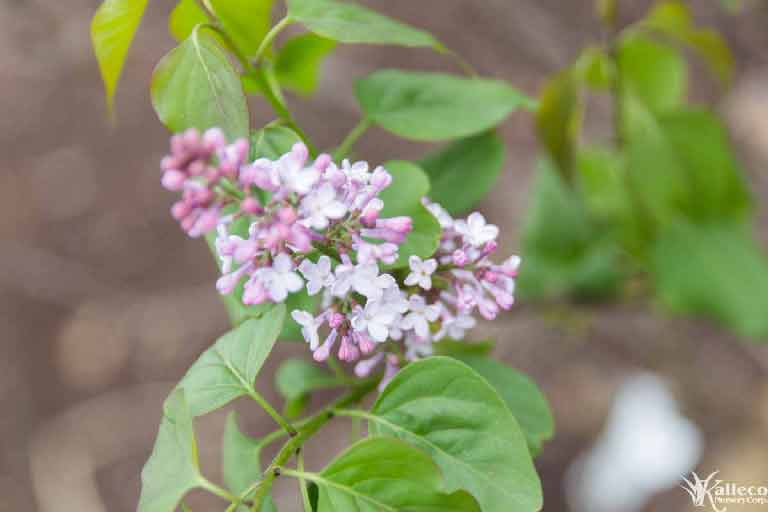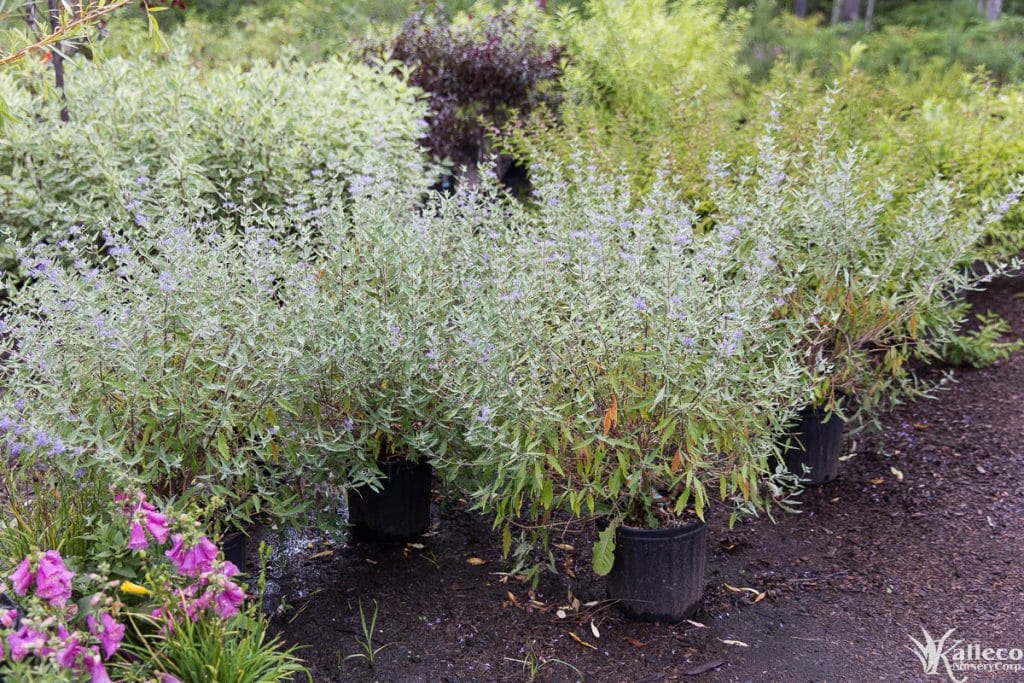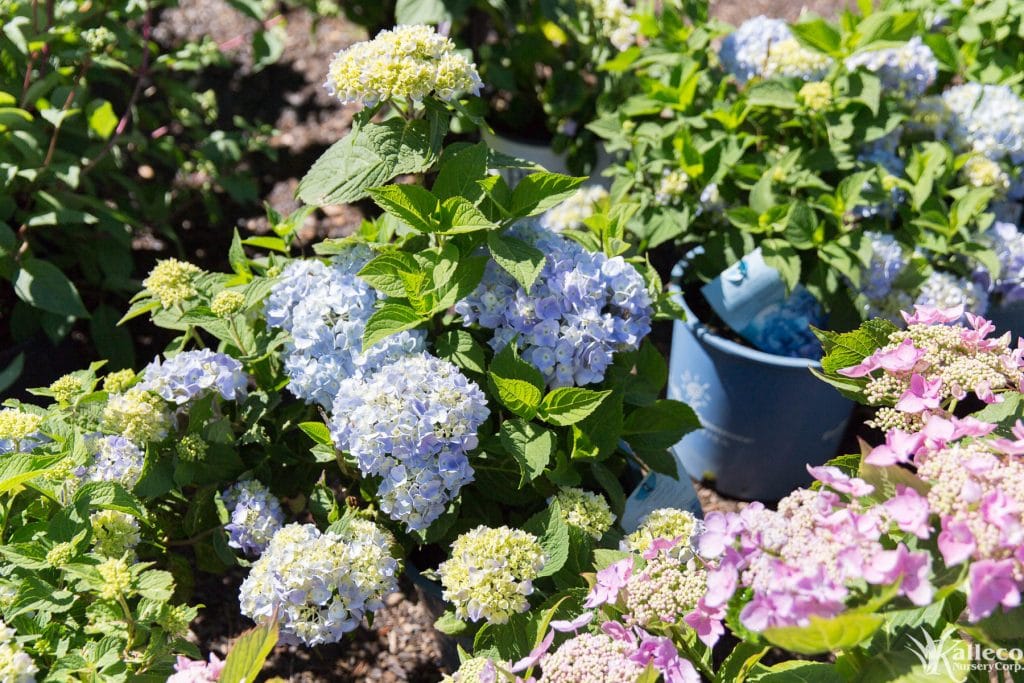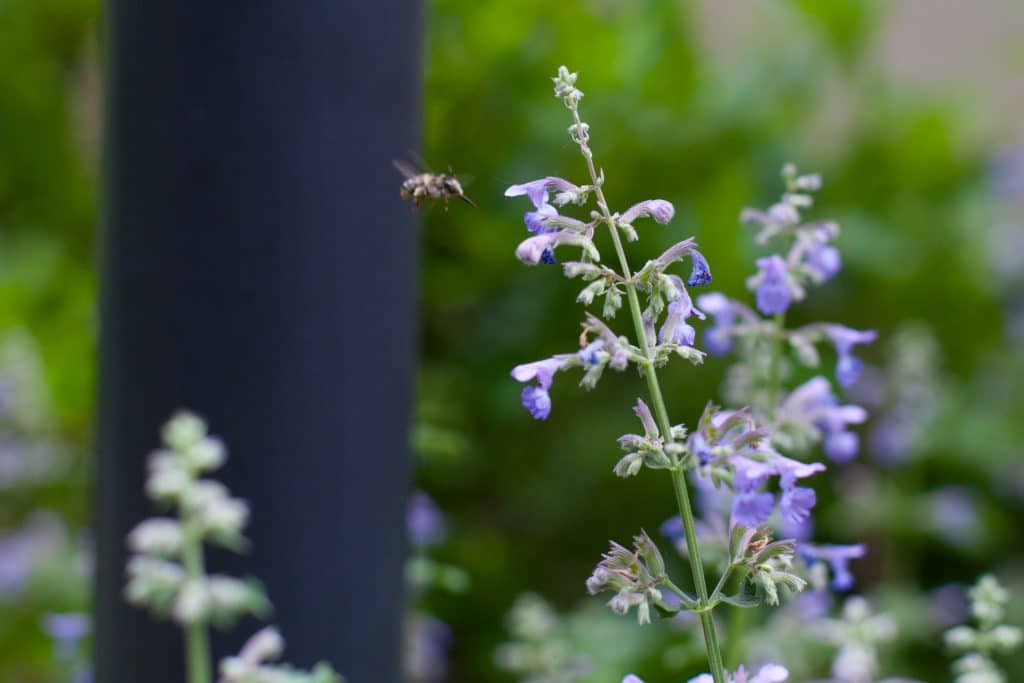Spring is when we usually think of planting new plants. After a long harsh winter, it’s a time of new beginnings and new life and little leaves are starting to sprout out of the ground its time to figure out what you want to plant in your garden this year and get started! However, there are a select few plants that are better suited to be planted in the fall than in the spring, let’s take a … [Read more...]
Drought-Tolerant Plants for Hudson Valley Gardens
As July fades to August and the sun continues to bake your backyard, you might be feeling a little lackluster about your garden. But don’t despair! We've put together a shortlist of some our favorite full-sun, drought-tolerant shrubs and perennials. Adding a couple of these low-maintenance summer gem will ensure your garden stays colorful all year long. Perennials CoreopsisBright … [Read more...]
Lilac – Plant Profile
Syringa vulgaris Common Varieties: "Miss Kim", "Lincoln", "Mme. Lemoine", "Miss Canada", Dwarf Korean, Persian Lilac Description: Lilacs are a type of deciduous, flowering plant that's generally a shrub, but some varieties can become trees. They're famous for their fragrant clusters of flowers that appear in late May. Lilac is a multi-stem, woody shrub covered in broad, bright green … [Read more...]
Forsythia – Plant Profile
Forsythia suspensa Other Names: "Golden Bell" If you live in upstate New York, you’ve probably seen forsythia before. Those gorgeous yellow blooms are the first sign of spring. They’re also one of the most popular choices for hedges and foundation plantings. Description: Forsythia is a deciduous shrub that, left untouched, can grow to 8' in height. It's stems start green, but with … [Read more...]
Caryopteris – Plant Profile
Caryopteris x Clandonensis Common Names: “Blue Beard”; “Blue Spirea”; “Blue Mist” Description: Caryotperis is sometimes called “blue spirea”, an apt name. This woody shrub is small with a mounding tendency. Its long, pink-ish stems bear angular leaves. Its foliage is usually silver-green or silver-yellow. In the late summer and early fall, it produces tight clusters of small, … [Read more...]
Hydrangea – Plant Profile
Hydrangea. Description: Hydrangea describes a number of deciduous, woody-stemmed shrubs with iconic clusters of flowers. The foliage comes in many shades of green, and varies in shape depending on the variety. Hydrangeas are best known for their clusters of four- or five-petal flowers that bloom late June into the fall. Color ranges greatly, red and pink to purple and blue, and some … [Read more...]
Planting a Pollinator Garden
June is National Pollinator Month! What's a pollinator? A pollinator is any animal that helps move pollen from one plant to another, aiding in fertilization and propagation. The most famous pollinator is the bee, but there are plenty of others, including butterflies, moths, beetles, bats, and many birds (especially hummingbirds!) Pollinators are vital to the natural environment, as well as the … [Read more...]


